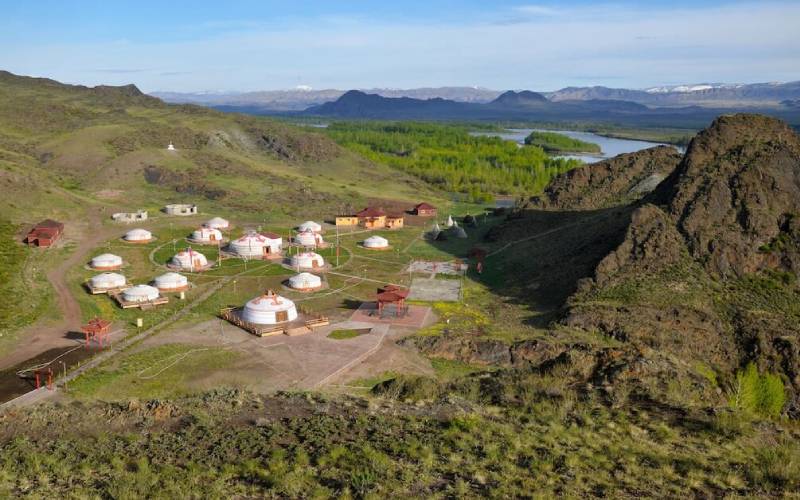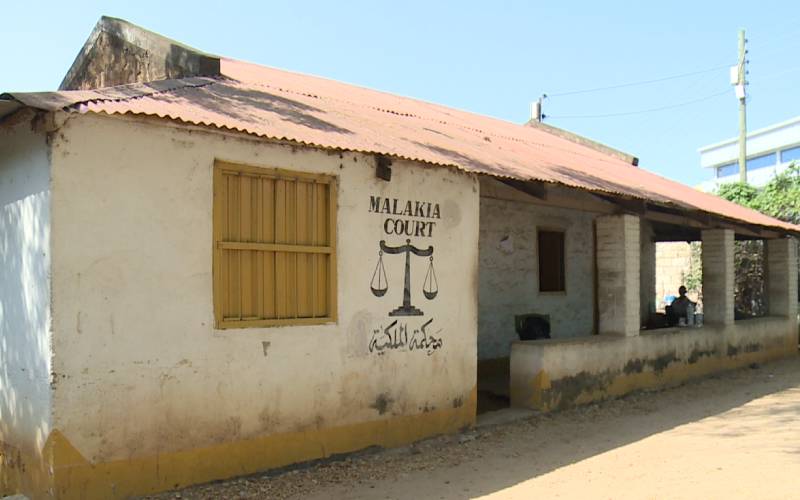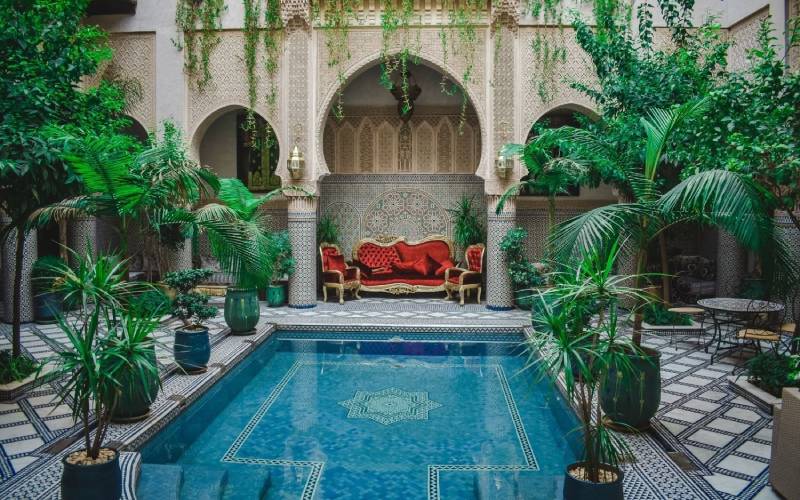By Wamaitha Nyoike
Tuva exists in a timeless realm, secluded from Russia’s popular tourist destinations. The remote biodiverse area covers 65,098 square miles. It is situated in Russia's Southern Siberia and is home to the Yurt-dwelling tribes. The land rests between the Sayan Mountains and Mongolia.
While the rest of the world rushes ahead, Tuva proudly upholds its rich traditions and pristine surroundings. Yet, this virgin and beautiful republic seldom pops up in conversation.
In a society fixated on the latest travel trends, Tuva remains neglected, not due to a lack of charm or heritage, but because it has faded into the background. Historically, it was significant in ancient trade and nomadic cultures, but over time, a combination of political, geographical, and social factors has rendered it largely invisible.
The area was entirely inaccessible to outsiders during the Soviet era. Its infrastructure was partially developed and was therefore often omitted from tourism. Today, Tuva, also known as Tyva, is one of Russia’s most isolated republics. However, therein lies its allure. It remains unaltered to cater to tourists. Visitors must adapt to truly appreciate it.
Upon reaching Kyzyl, the capital of Tuva, you discover more than a mere city. You arrive at the geographical centre of Asia, marked by a modest monument near the flowing Yenisei River. Yet, the heart of Tuva truly lies in its vibrant culture, fresh and authentic.
Tuvans are recognised globally for their throat singing, a distinctive vocal art form in which one individual produces multiple pitches simultaneously. It transcends performance, becoming a daily form of expression inherited through generations and intimately connected to nature and spirituality.
Tourists participate in local festivals, relax in traditional yurts known as boz ui, and observe the coexistence of Buddhist and Shamanic traditions, which blend seamlessly rather than clash. Nature is not just a whisper here; it exudes a powerful stillness.
From the majestic snow-capped peaks to the vast steppe grasslands, Tuva showcases some of the world’s most pristine environments. The Uvs Nuur Basin, a UNESCO World Heritage site shared with Mongolia, hosts unique ecosystems that encompass deserts, forests, marshlands, and alpine regions all in proximity.
You can hike along the Yenisei River, fish in crystal-clear lakes, and gaze at the stars under a sky untainted by artificial light—just pure darkness and brilliance, the most delightful aspect. You won’t be competing for these breathtaking sights with throngs of tourists. In Tuva, it’s just you and the terrain.
Although Tuva is remote, it’s not inaccessible. The most straightforward route is to fly into Krasnoyarsk or Abakan, then journey overland to Kyzyl. Roads meander through mountainous passes and expansive valleys. It's not a quick journey, but that’s part of the experience. It’s best to book through a local tour operator.
This not only promotes community-based tourism but also guarantees a comprehensive experience, including access to areas that may be challenging to reach independently. Tuva isn’t for every traveller.
It appeals to explorers, listeners, and the inquisitive spirits weary of conventional tourism. When you explore Tuva, you don’t just observe a location; you absorb it. You connect with it. And its essence lingers in your memory long after departure. So perhaps Tuva isn’t truly forgotten. Maybe it is simply waiting for your arrival.












